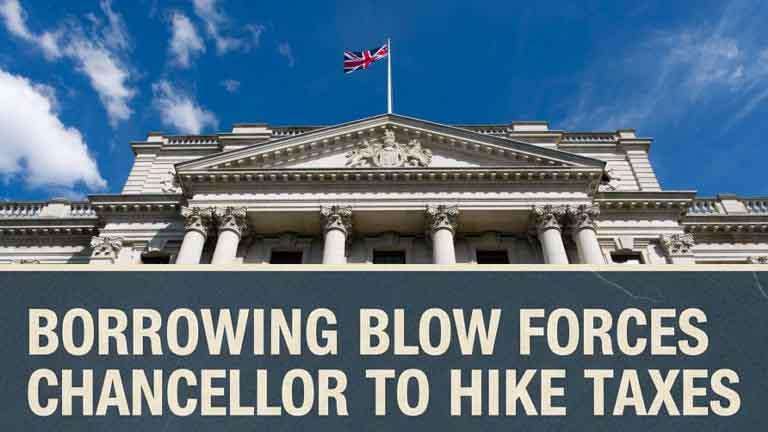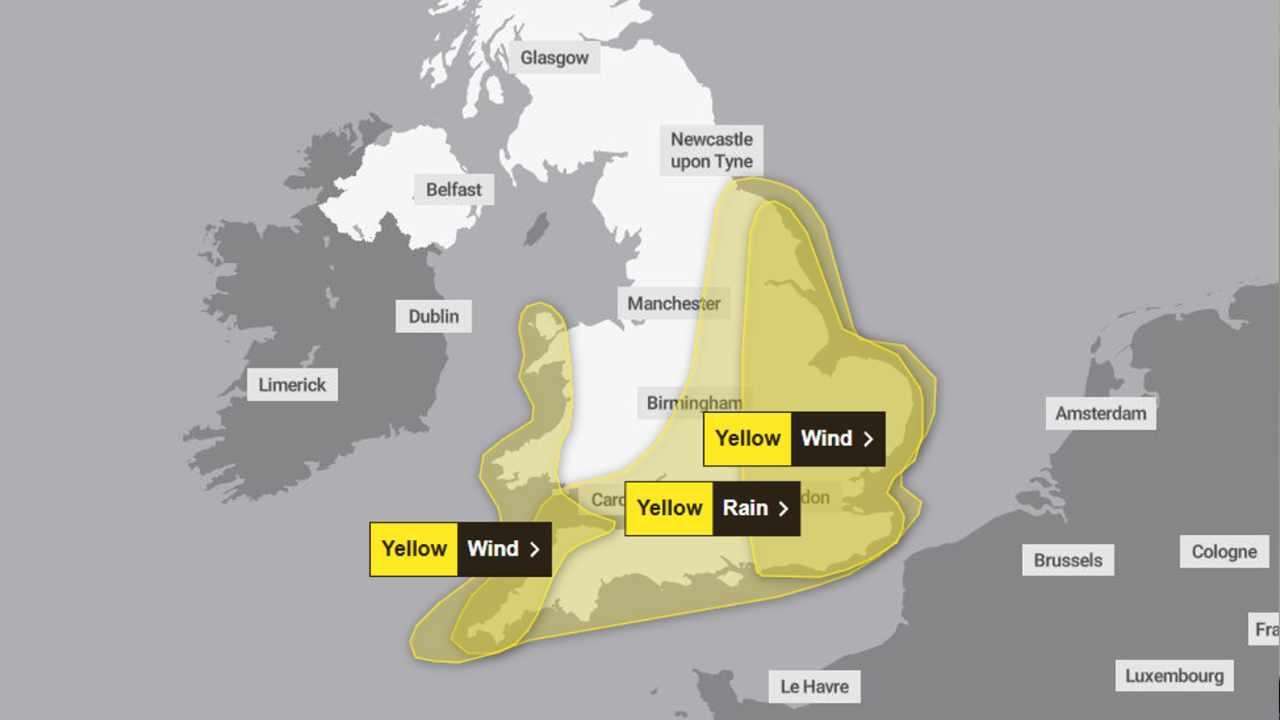The United Kingdom's public finances have suffered a severe setback, with government borrowing reaching a five-year high for September. This updated data confirms that Chancellor Rachel Reeves is facing a daunting fiscal crisis that will necessitate painful decisions in the upcoming Autumn Budget on November 26.
Figures from the Office for National Statistics (ONS), released today, show that Public Sector Net Borrowing (PSNB)—the difference between public spending and income—hit £20.2 billion last month, the highest September total since 2020. This surge, which was driven by soaring debt interest costs and higher welfare payments linked to inflation, has ballooned the cumulative borrowing for the financial year (April to September 2025) to a massive £99.8 billion. This figure is £7.2 billion higher than the forecast made by the Office for Budget Responsibility (OBR) in March, wiping out virtually all of the Chancellor’s intended "fiscal headroom."
The current economic situation is characterised by a toxic mix of persistent high inflation, stagnant growth, and mounting debt.
- The Big Inflation Waiting in the Wings: The core problem is that high inflation, which has seen the Consumer Price Index (CPI) recently at 3.8% (nearly double the 2% target), is proving incredibly sticky. The International Monetary Fund (IMF) warns the UK will have the highest average inflation in the G7 this year and next, averaging 3.4% in 2025 and 2.5% in 2026. This is a major concern because inflation-linked government debt makes debt interest payments volatile and expensive—a £3.8 billion increase in debt interest payments alone contributed to the September borrowing jump. The high inflation is also pushing up the cost of welfare payments and departmental spending. The economic outlook is one of subdued growth, with the OBR widely expected to downgrade its long-term productivity forecast, further exacerbating the revenue challenge.
- The Fiscal Black Hole: Economists estimate the Chancellor must find between £20 billion and £40 billion to meet the government's fiscal rule of having debt fall as a share of GDP in five years. This deficit, described as "uncomfortably large" for an economy past the shocks of the pandemic, means Ms. Reeves' promise to avoid raising income tax, National Insurance, or VAT is under immense strain.
What Could Shock the Public in the Budget?
To bridge the enormous funding gap, the Autumn Budget is now expected to contain measures that could be deeply shocking and painful for individuals and businesses, as the government is forced to target less protected areas of the tax system:
- "Stealth Tax" Extension on Wages: The most likely and least transparent move is the extension of the freeze on Income Tax thresholds beyond the currently planned end date of 2027-28. This move, sometimes called "fiscal drag," will silently pull millions of workers into higher tax brackets as their wages rise with inflation.
- Targeting Savers and Investors: There is significant speculation around a major reform of Capital Gains Tax (CGT). This could involve raising CGT rates closer to Income Tax rates or significantly reducing the Annual Exempt Amount (the tax-free allowance). A move like this would directly hit middle- and high-income investors and entrepreneurs.
- Pensions Raids: Speculation has re-emerged that the Chancellor may target the generous tax-free cash allowance that can be taken from pension pots or potentially reduce the higher rate tax relief on contributions. Such a move would impact financial planning for millions nearing retirement.
- A Crackdown on Dividend Tax: To make the taxation of work and investment income more equal, the government may raise the higher rates of Dividend Tax and/or abolish the already small £500 Dividend Allowance, hitting small business owners and investors.
In short, the mounting borrowing figures mean the Chancellor's priority has shifted from stimulating growth to demonstrating fiscal discipline, making a series of tax increases all but inevitable.








.svg)

